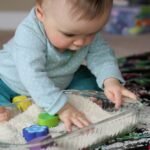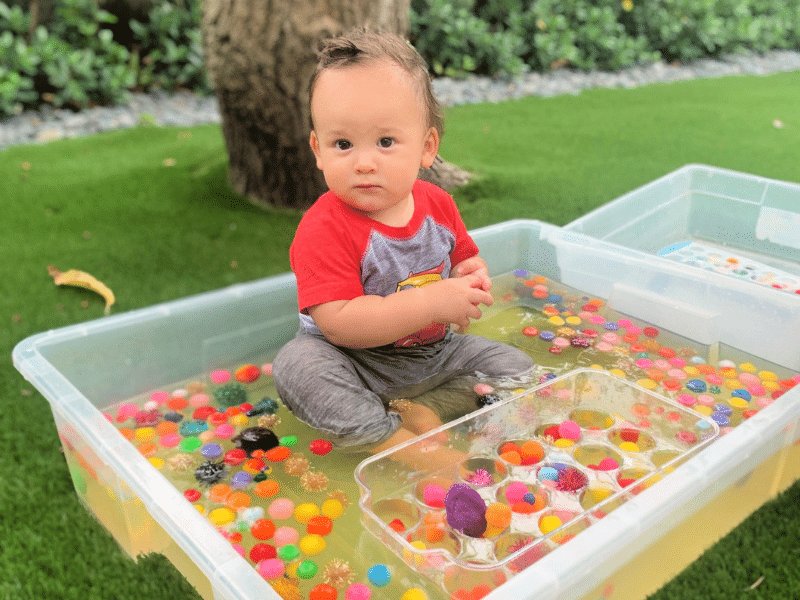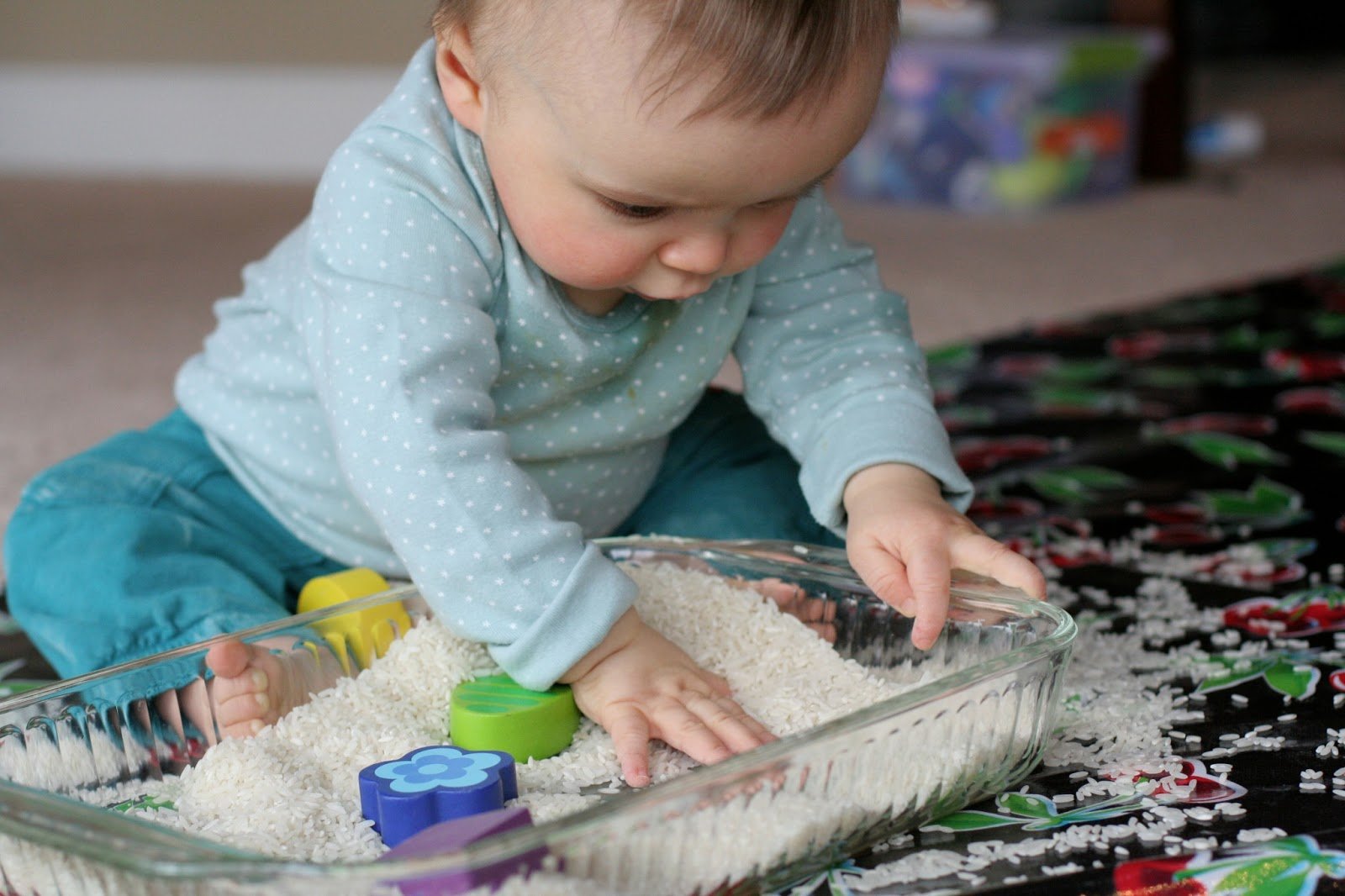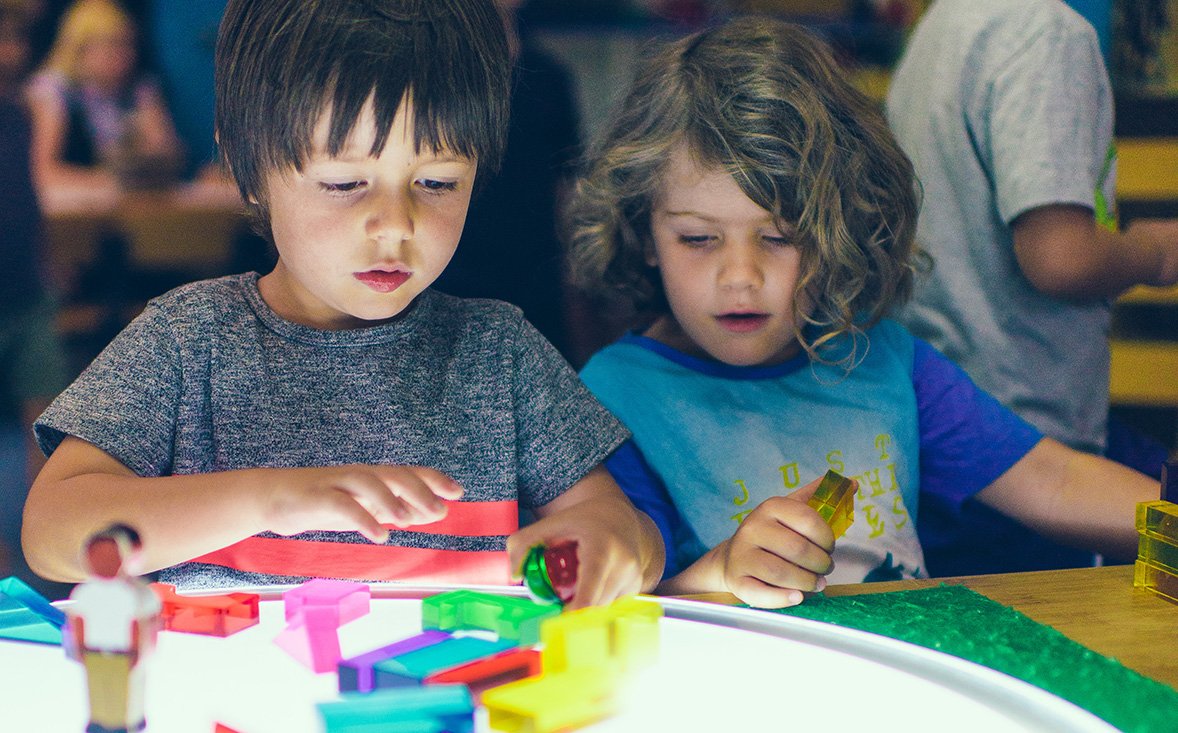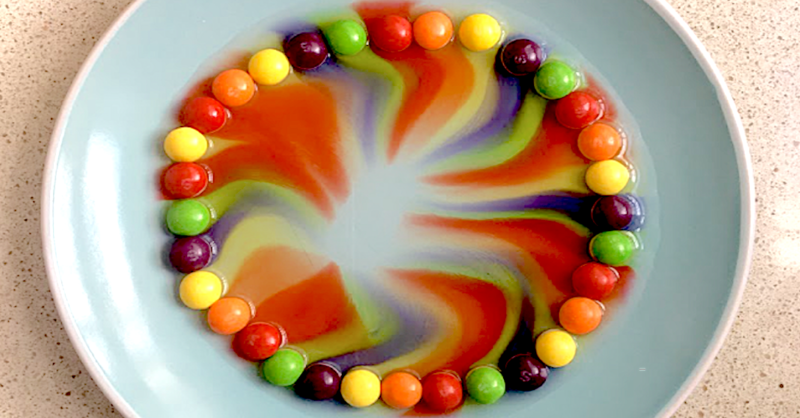Creating a sensory play haven for your baby is one of the most rewarding ways to encourage their cognitive, emotional, and physical development. Sensory play focuses on engaging your baby’s senses—sight, sound, touch, taste, and smell—allowing them to explore the world in a safe and interactive environment.
Here’s how you can transform your home into a sensory play wonderland with simple and budget-friendly ideas.
1. Designate a Sensory Play Area
Having a dedicated spot for sensory play helps your baby focus and minimizes distractions.
- Tip: Use a soft play mat, rug, or foam tiles to define the space. Add pillows or cushions for extra comfort.
- Why it Matters: A cozy and safe area makes babies feel secure and ready to explore.
2. Incorporate Textures
Introduce a variety of textures to stimulate your baby’s sense of touch.
- Ideas:
- Place fabric swatches with different textures (e.g., velvet, cotton, burlap) in a basket.
- Use textured rugs or mats for tummy time.
- Offer soft and crinkly toys.
- DIY Option: Create a sensory board by attaching various textured materials to a piece of cardboard or wood.
3. Create a Visual Wonderland
Babies are naturally drawn to bright colors and contrasting patterns.
- Ideas:
- Hang a mobile with high-contrast colors or geometric patterns.
- Use colorful ribbons or streamers as decorations.
- Set up a mirror for your baby to explore their reflection.
- DIY Option: Paint or print black-and-white patterns to hang on the walls of the play area.
4. Engage Their Hearing
Sounds can be soothing or stimulating, depending on how they’re introduced.
- Ideas:
- Use rattles, musical instruments, or shakers.
- Play gentle music or nature sounds during playtime.
- Sing songs and incorporate clapping or rhythmic tapping.
- DIY Option: Fill plastic containers with rice, beans, or pasta to make simple shakers.
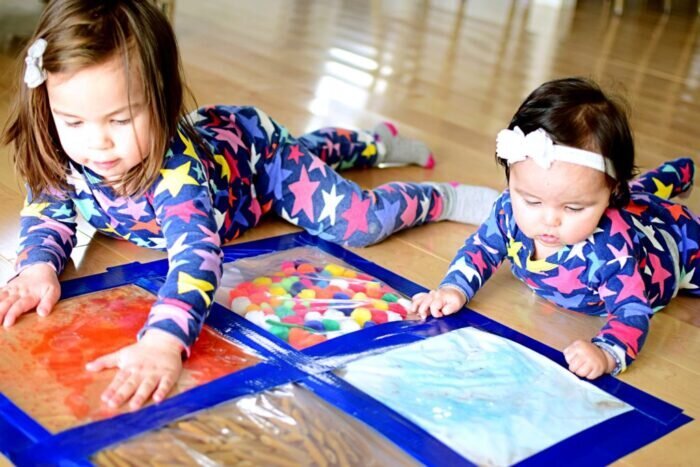
5. Stimulate Their Sense of Smell
Introducing gentle scents can enhance sensory experiences.
- Ideas:
- Offer a scented playdough (ensure it’s safe and edible).
- Use a damp cloth with a drop of baby-safe essential oil, like lavender.
- Introduce natural smells like fresh flowers or fruit peels.
- Caution: Always use subtle scents and monitor your baby for any reactions.
6. Explore Taste with Edible Play
Babies naturally explore the world by putting things in their mouths, so include safe, edible options in sensory play.
- Ideas:
- Offer taste-safe sensory bins filled with cooked pasta, rice, or cereal.
- Freeze fruit purees in silicone molds for a cold, flavorful experience.
- DIY Option: Make edible finger paint using yogurt and food coloring.
7. Encourage Movement and Balance
Set up activities that improve motor skills and coordination.
- Ideas:
- Use a soft ball for rolling and grasping.
- Create a baby obstacle course with pillows, tunnels, and toys.
- Provide a small rocking toy or balance board.
- DIY Option: Use an empty cardboard box as a tunnel for crawling fun.
8. Lighting Matters
Lighting can transform the sensory experience for your baby.
- Ideas:
- Use fairy lights or a dim projector to create a calming ambiance.
- Introduce shadow play with flashlights and hand movements.
- DIY Option: Fill a clear plastic container with water and glitter to make a reflective sensory lamp.
9. Incorporate Sensory Bottles
Sensory bottles are easy to make and endlessly entertaining.
- DIY Steps:
- Fill a clear plastic bottle with water and add glitter, beads, or small toys.
- Seal the lid tightly to prevent leaks.
- Shake and let your baby explore the visual and auditory effects.
10. Rotate Activities
Keeping things fresh will maintain your baby’s interest and prevent overstimulation.
- Tip: Rotate toys and sensory activities every few days. Store unused items out of sight to make the play area feel new again.
Safety First
While sensory play is incredibly beneficial, safety should always be your priority.
- Always supervise your baby during sensory play.
- Avoid small items that can pose choking hazards.
- Use non-toxic and baby-safe materials for DIY projects.
Conclusion
Transforming your home into a sensory play haven doesn’t have to be complicated or expensive. With a bit of creativity and thoughtful planning, you can create an environment where your baby feels safe, engaged, and excited to learn. Sensory play isn’t just fun—it’s a powerful way to support your baby’s growth and development.
Ready to get started? Gather a few materials, set up a space, and watch your baby explore their sensory wonderland!



